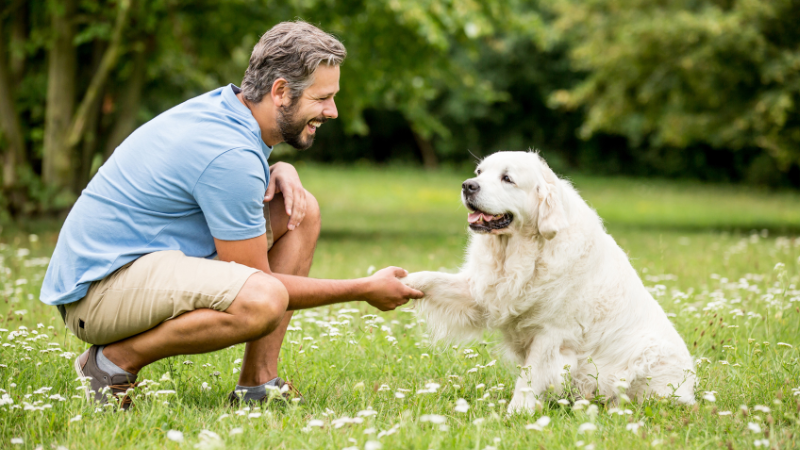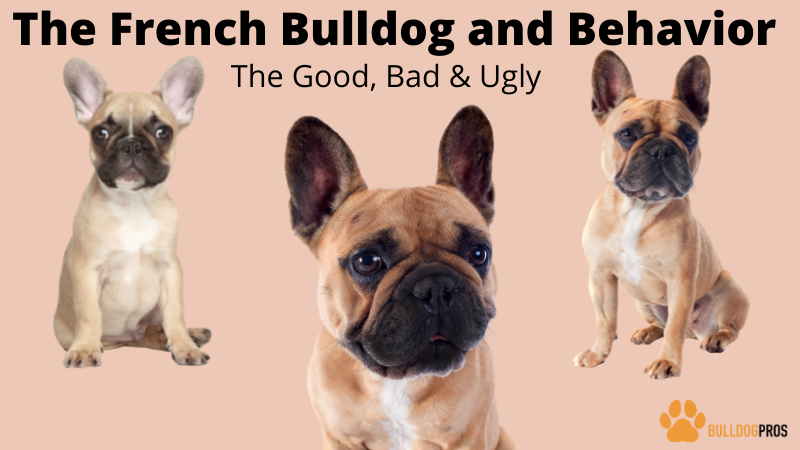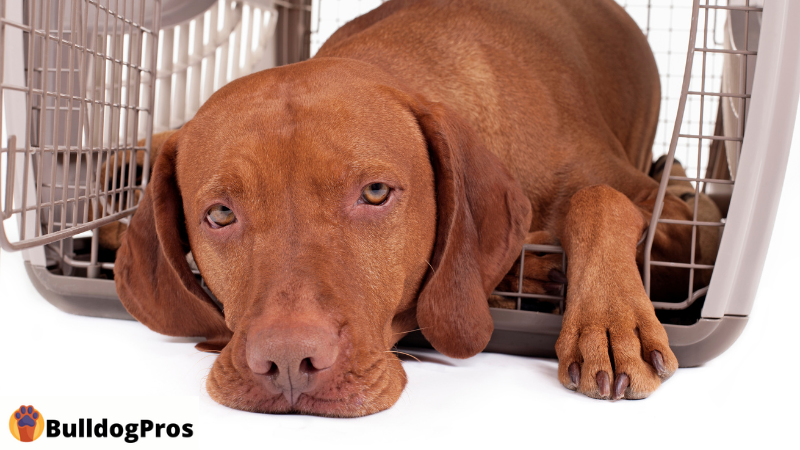Training your dog can be a challenging task. Still, with the right approach, it can also be an incredibly rewarding experience. This article, Positive Reinforcement Dog Training, explores the benefits of positive reinforcement training for dogs and provides tips and guidelines to help you get started.
Whether you’re a new dog owner or a seasoned pro, this article will give you the tools you need to help ensure that your pup is on his way to being well-behaved and happy.
Video: Positive Reinforcement Dog Training
What Is Positive Reinforcement Dog Training
Positive reinforcement training is a method of training that focuses on rewarding good behavior rather than punishing bad behavior.
This type of training encourages dogs to repeat rewarded behaviors, promoting a positive and happy relationship between the dog and the owner.
Using the positive reinforcement techniques of training, you can teach your dog new tricks and commands, improve its behavior, and establish a strong bond with your furry companion.
The Science Behind Positive Training
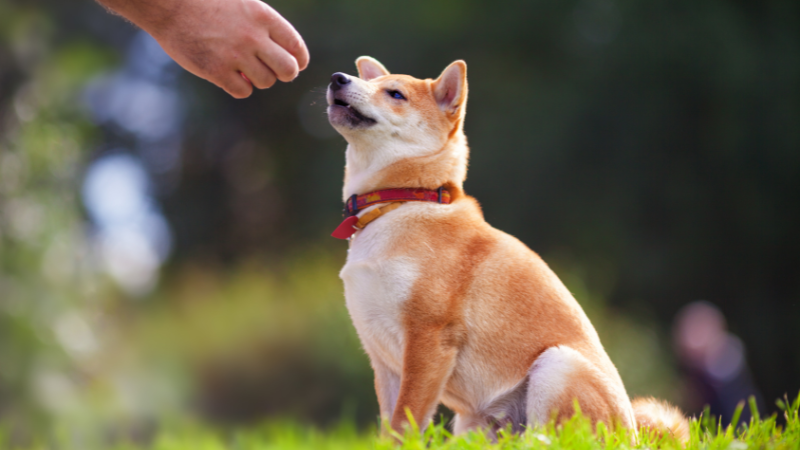
Positive reinforcement dog training is based on the science of operant conditioning. It involves rewarding desirable behaviors with positive reinforcement, such as treats and verbal praise.
This training helps build a strong bond between dog owners and their dogs and encourages them to obey commands.
Positive training methods also teach dogs to think before acting, which can help prevent unwanted behavior in the long run.
By consistently rewarding desired behaviors with praise or treats, dog owners can help train their dogs to act correctly around the house.
The Benefits of Positive Reinforcement Dog Training
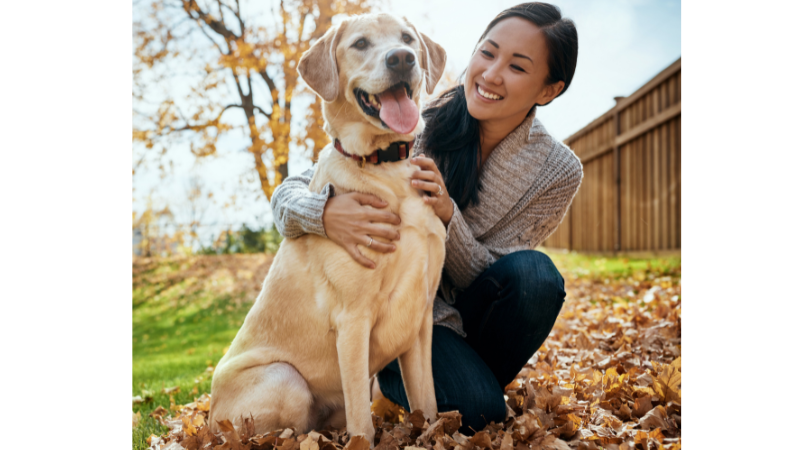
The benefits of positive reinforcement training for dog training cannot be ignored. Not only does it help strengthen the bond between dog and owner, but it also helps reduce fear and aggression in dogs and encourages creativity and problem-solving skills in them.
This training method can also help puppies develop positive behavior patterns from a young age that can last a lifetime.
This method also encourages puppies to learn new behaviors quickly, which makes training easier for both the dog and the owner.
Examples Of Rewards That Can Be Used During Positive Reinforcement Training
Rewards can be anything the dog finds valuable, such as treats, toys, praise, petting, or playtime.
The most important thing is to find what your dog likes and make it a reward for good behavior.
How Do I Get Started With Positive Reinforcement Training For My Dog?
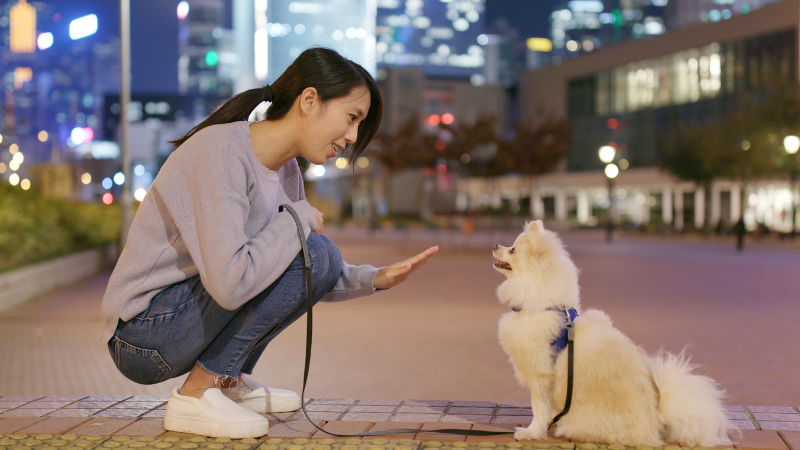
Identifying Desired Behaviors
The first step is to identify the behaviors you want to encourage, such as sitting, staying, or coming when called.
Rewards
Next, decide on the rewards you will use, and begin training in small, manageable steps.
Realistic Expectations
You must also keep your expectations realistic and avoid pushing your dog too hard if they are not ready for a new task.
The Importance of Timing
Positive reinforcement dog training is based on rewarding your dog for good behavior. You should always reward your dog immediately after a positive behavior to ensure that the behavior is reinforced and trained effectively.
This is because rewarding your dog immediately after a desired behavior is vital, as delayed rewards may not be effective.
The immediate reward will help ensure that your dog learns that behaviors lead to rewards and that the behavior becomes a routine part of training, increasing the chances of it occurring again.
Use Consistent Cues
To be consistent, use the same training commands each time. For example, use the same word or hand gesture every time you give your dog a reward.
This will help your dog learn the commands and what they mean, and what is expected if them.
If you are consistent in training your dog using positive reinforcement methods, it will soon learn what behavior you are looking for and be able to perform the desired action reliably.
Remember to be patient and consistent, and always praise and reward your dog for good behavior.
Keep The Training Fun
It is important to keep training sessions short and fun for your dog by using plenty of rewards and breaks.
Don’t Punish Your Dog For Not Listening
Avoid using physical punishment or harsh words when training your dog. Punishment can lead to fear, aggression, and confusion.
When Can I Stop Giving My Dog Treats?
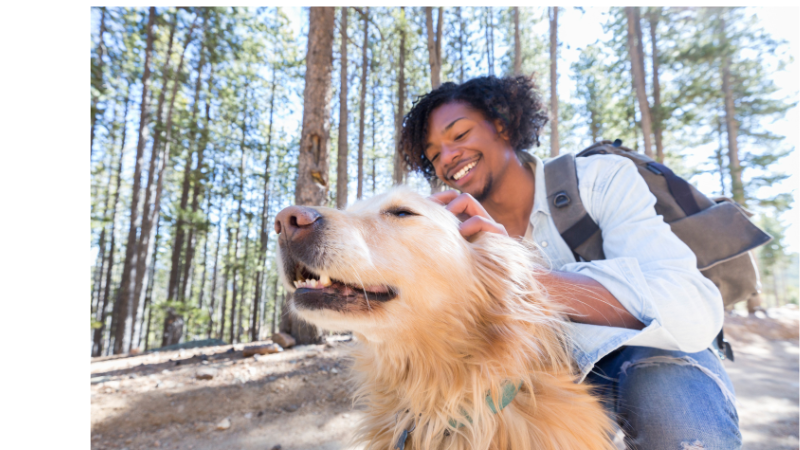
When training a dog using positive reinforcement, it’s important to gradually reduce the use of treats as your dog learns the commands and behaviors.
You’ll need to develop a plan for transitioning your dog from treats to other rewards, such as verbal praise or toys. This will help your dog learn the association between the desired behavior and the reward.
When your dog is able to recognize the desired behavior without the aid of a treat, you can slowly reduce the frequency of treats used.
You can stop offering treats after your dog has learned the desired behavior.
Positive Reinforcement Troubleshooting:
Why Is It Not Working?
While positive reinforcement training can be a very effective and positive way to train your dog, it can also be prone to failure if the reward is not chosen correctly. To troubleshoot the problem, consider the following questions:
- Is the reward being used appropriate or desirable enough? Nothing motivates a dog like a delicious treat. But s it being offered too frequently that it has lost its effectiveness?
- Are you providing the reward consistently and immediately?
- If your dog is struggling to learn a behavior, using positive reinforcement with intermittent reinforcement may help.
- But that doesn’t mean you should give positive reinforcement only after your dog has struggled for a long time and shown persistence and determination.
- Instead, provide reinforcement consistently and immediately when your dog performs the desired behavior. This will help encourage future positive behaviors.
- Are you setting your dog up for success by making the desired behavior easy to perform?
- It helps if you make training cues easy to understand and use.
- Also, ensure that your training sessions are positive and enjoyable for both of you.
- Are you inadvertently rewarding undesired behaviors? I
- f you find yourself giving positive reinforcement for negative behaviors such as barking or leash pulling, stop doing so.
- Providing positive reinforcement for those behaviors will only reinforce those negative behaviors and negatively impact the training session.
FAQs
Is positive reinforcement training effective with French Bulldogs?
French bulldogs are highly intelligent and eager to please breed. They respond well to positive reinforcement training as it’s a gentle, kind, and motivating way of teaching them.
By rewarding good behavior, you’ll be able to teach your French bulldog what you want it to do instead of engaging in bad behavior.
What are some examples of positive reinforcement?
There are many different types of rewards that can be used to reward your dog, and the best ones vary depending on his personality and behavior.
Some popular rewards include food, treats, games, attention ( whether it’s physical or verbal), walks/runs, and hikes in the park.
Popular Posts
Conclusion
The overall point to remember is that rewards, whether in the form of treats, verbal praise, or a loving touch, are good!
Positive reinforcement dog training is a method of training that focuses on rewarding positive behavior and ignoring or redirecting unwanted behavior.
These training methods, which include establishing a good relationship with your dog, using positive rewards, and setting your dog up for success, have proven to be the most effective way to train a dog.
Not only does it help owners train their dogs easily, but it also helps them strengthen the bond between themselves and their pets.
The bottom line is that positive reinforcement dog training has helped thousands of pet owners build better relationships with their pets. So why not give it a shot? You have nothing to lose!
What type of training have you used with your dog? Please share and comment below.
